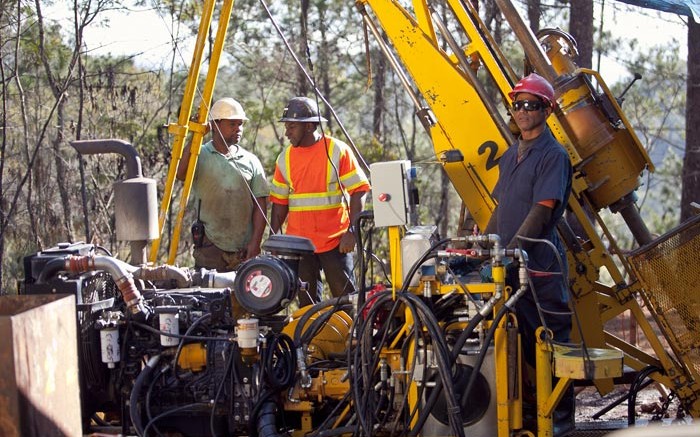Unigold (TSXV: UGD; US-OTC: UGDIF) may have more on its hands with its Neita property in the Dominican Republic than first believed.
The company released results from three holes that were drilled into the Candelones Extension zone at the property for metallurgical testing. All three of the cores returned impressive sections, with highlight intercepts including: 423.6 metres at 1.07 grams gold, 1.2 grams silver, 0.1% copper and 0.2% zinc; 32 metres grading 2.53 grams gold, 7.8 grams silver, 0.1% copper and 1% zinc; and 74 metres grading 0.99 gram gold, 2.5 grams silver, 0.1% copper and 0.3% zinc.
The results have attracted some attention.
“The recent metallurgical holes drilled at the Candelones Extension demonstrate the continuity of high-grade gold-silver-copper-zinc mineralization that is consistent with the geological interpretation defined from previous resource drilling,” Haywood Securities analysts Mick Carew and Tara Hassan wrote in a research note on Unigold.
The Haywood analysts have not rated Unigold’s stock.
Unigold’s geological interpretation, along with solid numbers on the scale of the deposit, will be rolled into a new resource estimate due before 2014.
The company is interpreting mineralization as a volcanic-hosted massive sulphide system with locally stacked mineralized zones occurring near stratabound contacts between Lower Cretaceous andesite and underlying Upper Cretaceous dacite volcanics.
On the metallurgical front, drilling to date has gathered 2 tonnes of mineralized material for testing. Those tests come on the back of initial metallurgical testing carried out last year that estimated gold, silver and base-metal recoveries of 85–90%.
Neita is wholly owned by Unigold and covers 226 sq. km of the Greater Antilles volcanic arc that extends from the island of Hispaniola through Cuba. The property is located 200 km northwest of Santo Domingo.
Unigold is focusing on the Candelones area, which is made up of both the Candelones zone and the Candelones Extension zone.
Exploration got going at Neita back in 2002, and since then Unigold has drilled 92,000 metres. By 2010 it had identified Candelones and the Candelones Extension as its primary targets, and has so far outlined mineralization over a 3 by 2 km area at Candelones.
Candelones is shaping into a zone that could one day host an open pit. Previous highlight intercepts at Candelones include 69.4 metres grading 3.75 grams gold, and 77 metres grading 3.81 grams gold.
In Toronto on Oct. 25 — the day the results were released — the company’s stock was up half a cent to 8.5¢, on 640,000 shares traded.


Be the first to comment on "Neita looks good for Unigold"